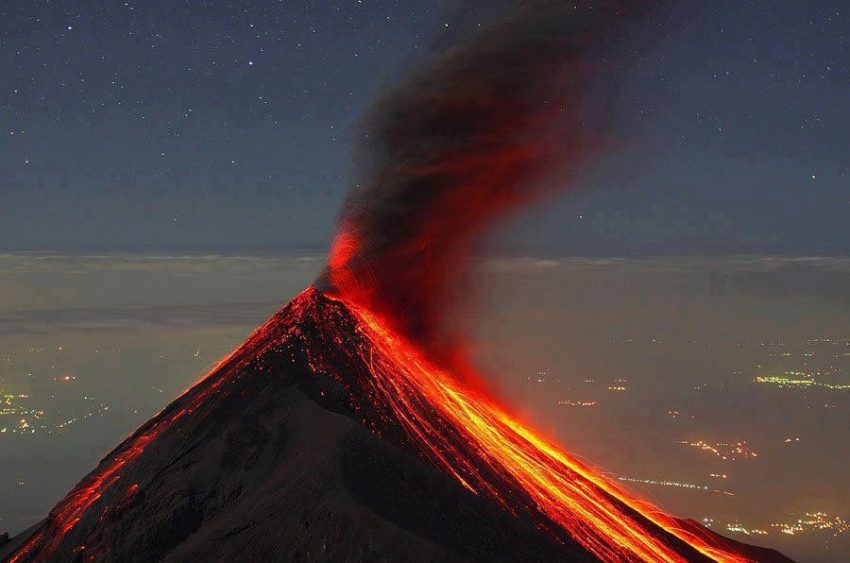There is talk of natural disasters to refer to large-scale traumatic events for human society, the effects of which are linked to natural phenomena and even those derived from certain human activities, as is the case of major industrial pollution. For instance: hurricanes, fires, earthquakes.
The cost of natural disasters usually involves the numerous loss of life, humans and animals, as well as the impact of entire ecosystems or human settlements of any kind. In that the natural phenomena, which are isolated natural events, without traumatic consequences for human life, from disasters themselves.
Broadly speaking, natural disasters can be classified according to the type of risk mechanisms they involve, namely:
- Mass movements. They involve large amounts of land in free displacement.
- Atmospheric phenomena. They have to do with environmental and / or climatic conditions, so they are often usual or customary phenomena, taken by exception to the extreme.
- Tectonic phenomena. Derived from the movement and rearrangement of tectonic plates, or from chemical reactions that occur in the subsoil.
- Contamination. They consist of the spread of toxic or lethal agents in a specific area, without being easily contained. Whether they are biological, chemical or industrial agents.
- Space phenomena. Coming from outside the planet or involving forces of the stars.
- Fires. Destruction of plant life or urban areas under the effect of fire.
- River disasters. They concern the great masses of water on the planet, such as oceans, lakes or rivers. They can be the consequence of climatic phenomena: floods caused by extensive rains.
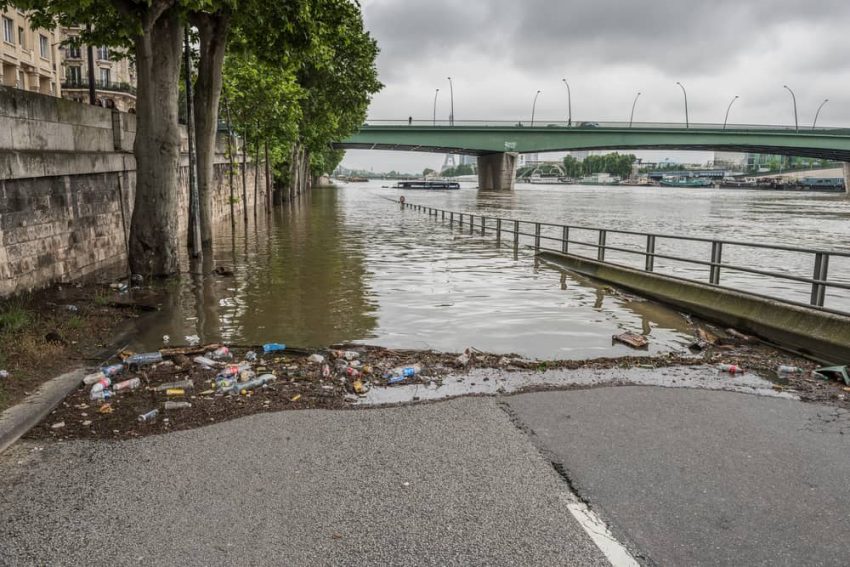
Examples of natural disasters
- Meteor impacts. Fortunately, they are unusual, consisting of the fall of massive objects from space, whose impacts against the earth’s surface would lead to the suspension of large clouds of matter in the atmosphere and other destructive phenomena leading to mass extinction. One of the most accepted theories about the extinction of dinosaurs (and 75% of life on earth) 65 million years ago, accuses the impact of a meteorite in Yucatan, Mexico.
- Avalanches or avalanches. Characterized by the abrupt displacement of large amounts of matter, down a mountain slope. Such matter can be snow, ice, stones, mud, dust, trees, or a mixture of these. One of the deadliest landslides in history took place on September 20, 2002 in Russia, when a glacier melt swept through the North Ossetian town of Ninji Karmadon, killing 127 people.
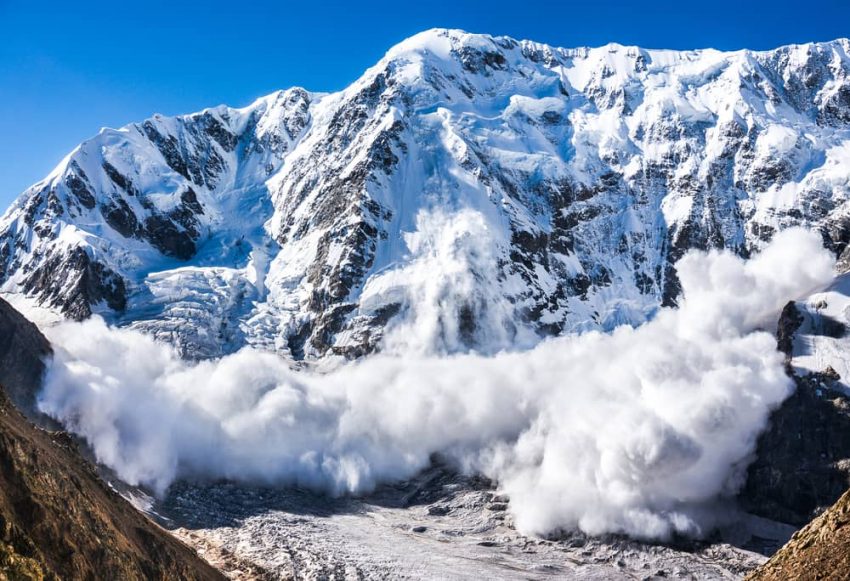
- Hurricanes, Cyclones or Typhoons. They are cyclical systems of stormy winds that form in the ocean and can rotate at more than 110 kilometers per hour, carrying huge rain clouds and subjecting everything in their path to the force of their winds. The most destructive tropical cyclone of the 20th century was Hurricane Sandy, which affected the Bahamas and the southern US coast in 2005, leaving a trail of destruction and flooding in its wake that killed at least 1,833 people.
- Big fires. Whether produced by the hand of man or as a result of other accidents and explosions, the uncontrollable action of fire in natural or urban areas is usually one of the most disastrous possible. The city of London, for example, suffered a gigantic fire in 1666 that lasted three full days and destroyed the medieval city center, leaving 80,000 people homeless.
- Earthquakes and tremors. Product of the movements of the earth’s crust, they are usually unexpected and devastating, especially since they can cause volcanic eruptions or tsunamis once they have finished. In 2010, an earthquake measuring 7.0 on the Richter scale took place in Haiti, the effects of which on the already impoverished nation, together with the subsequent tsunami, killed more than 300,000 people.
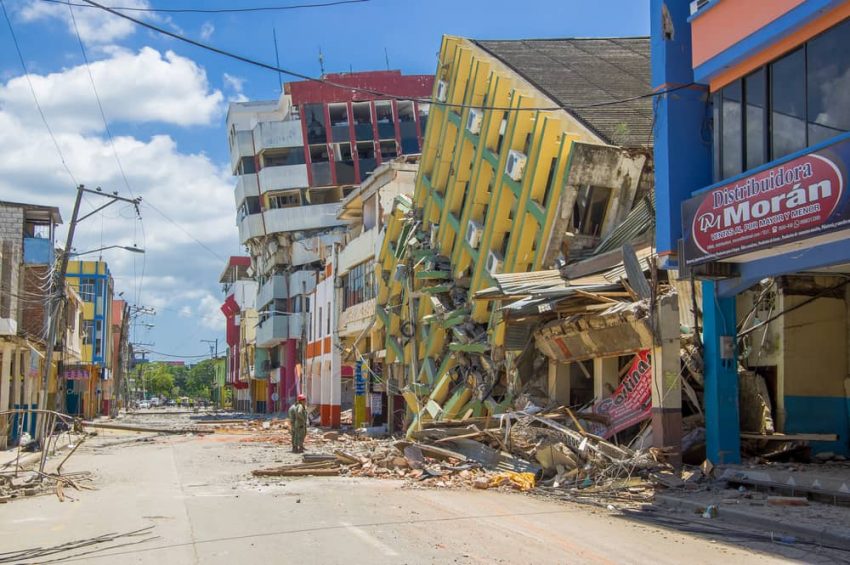
- Radioactive pollution. Due to the spread of atomically unstable substances, the main condition of which is to emit toxic particles into the environment, causing immediate damage, illnesses and long-term damage to all the surrounding life forms. The accident at the Chernobyl nuclear reactor in the former Soviet Union, the most serious of nuclear accidents in history, is famous. As a result, 600,000 people received lethal doses of radiation, 5 million lived in contaminated areas and 400,000 in areas that are now uninhabitable.
- Floods. Usually the product of long periods of rain in poorly absorbent soils (such as deforested ones), they are accumulations of water in uncontrollable volumes, submerging crops, villages and triggering other types of fluvial disasters. The great flood suffered in Argentina by the population of Pergamino, in the province of Buenos Aires in April 1995, forced the evacuation of more than 13,000 people.
- Tornadoes. Like those often experienced in the southern part of the United States, they are the product of the collision of two air masses of different temperatures, formed from a storm and that can rotate around each other at great speeds, devastating with everything in its path. The fastest in history (over 500kmph) was recorded in Moore, Oklahoma, in 1999.
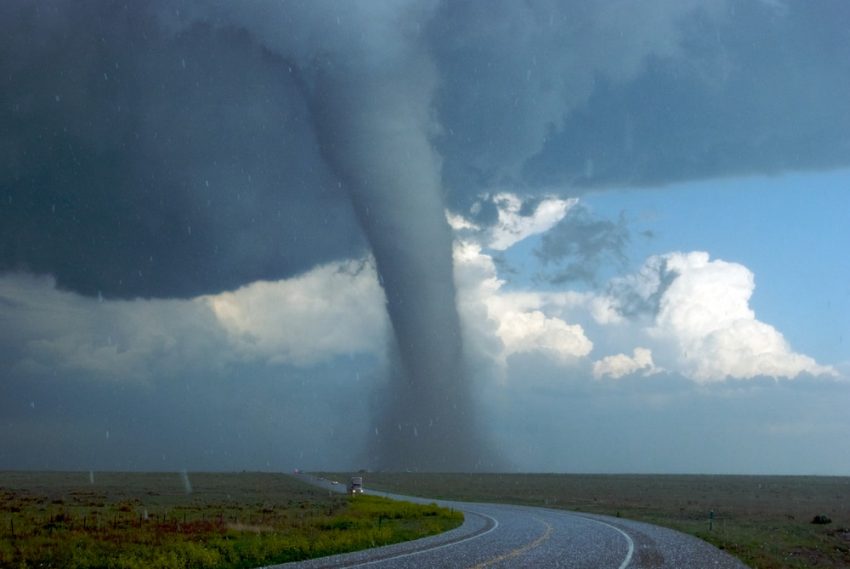
- You may be interested in: Environmental problems
- Pandemics. Or outbreaks of highly infectious microbiotic agents that escape any kind of quarantine or control, can decimate entire populations if there is no proper scientific support. Such was the case of the Ebola epidemic in western Africa between 2014 and 2016, whose official balance is 11,323 deaths.
- Volcanic eruptions. In which the chemical material found below the earth’s crust finds cracks or fissures through which to escape, throwing gases, ash and even boiling lava around. There have been tragic volcanic eruptions in history, such as that of Vesuvius, a volcano that in AD 79 completely buried the ancient Roman city of Pompeii, in the current Bay of Naples.
